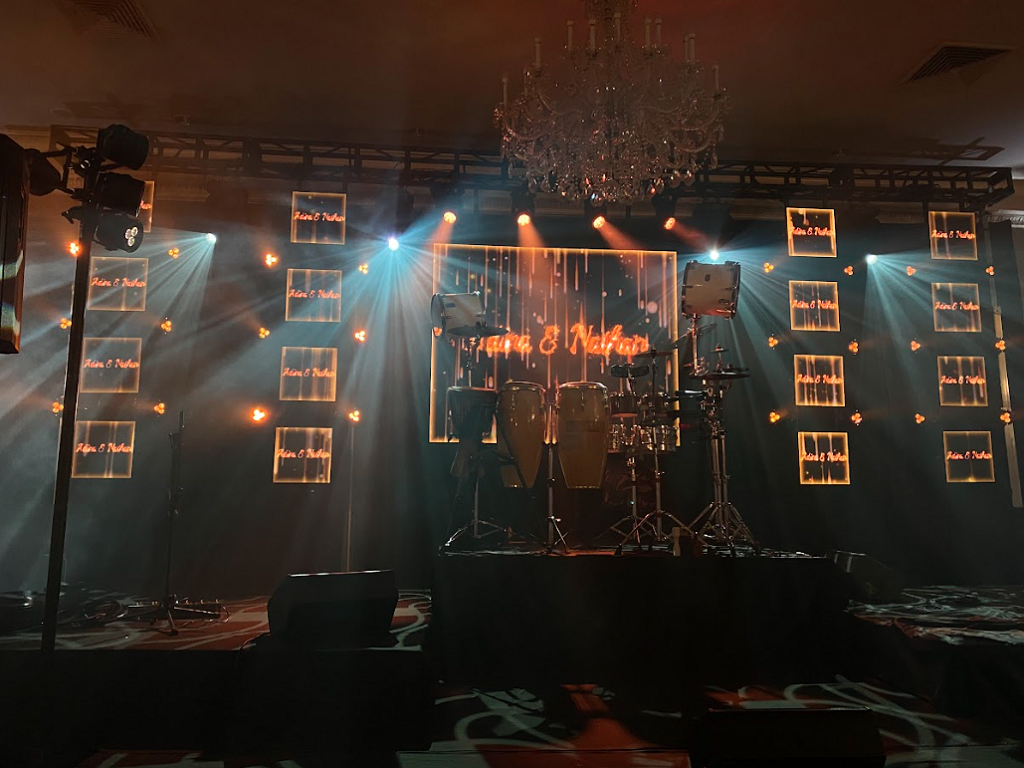Selecting the Optimal Pixel Pitch for Maximum Light Emitting Diode Display Performance
Selecting the Optimal Pixel Pitch for Maximum Light Emitting Diode Display Performance
Blog Article

As it pertains to light-emitting diode walls, a key most elements to consider is dot pitch. Dot pitch refers to the space between the centers of two adjacent pixels on an LED display. This metric is commonly expressed in millimeters. Understanding pixel pitch is essential because it explicitly affects the resolution and definition of the visuals displayed. A smaller pixel pitch means that the pixels are nearer together, resulting to a greater resolution, while a larger pixel pitch results in a diminished resolution. Thus, selecting the right pixel pitch is essential for obtaining peak LED wall performance.
The choice of pixel pitch frequently is influenced by the viewing distance. For example, if the light-emitting diode wall is meant to be seen from a further away, a larger pixel pitch may be suitable. This is due to the fact that the human eye cannot easily discern individual pixels when they are farther away. On the other hand, if the wall will be viewed up close, a smaller pixel pitch is needed. In situations such as indoor events, where viewers are usually nearer to the screen, a smaller pixel pitch will offer a crisper and clearer image. Therefore, understanding how sight distance impacts pixel pitch is key to making an informed visit site decision.
Another important factor is the intended use of the light-emitting diode wall. Different applications, such as promotion, concerts, or conference meetings, may require different pixel pitches. For example, an light-emitting diode wall used for advertising in a shopping mall may benefit from a pixel pitch that facilitates vibrant colors and elevated detail so that it captures the focus of passing shoppers. Conversely, an external LED wall used at a concert may prioritize brightness and visibility over resolution, permitting for a larger pixel pitch. Therefore, the specific context in which an LED wall will be utilized is vital for determining the appropriate pixel pitch.
Cost is also a significant consideration when selecting pixel pitch. Generally, LED displays with reduced pixel pitches tend to be more costly due to the higher density of pixels and the sophisticated technology needed for manufacturing. Although it may be enticing to opt for a high-resolution display with a reduced pixel pitch, budget constraints often require a balance between quality and price. Organizations should assess their needs and determine how much they are willing to invest in an LED wall, ensuring that the pixel pitch aligns with their budgetary capabilities while still meeting functional expectations.
Ultimately, it is essential to consider the maintenance and durability of the LED wall when selecting pixel pitch. Displays with reduced pixel pitches can sometimes be more fragile and may need more meticulous handling and maintenance. Regular upkeep is necessary to ensure that the display functions effectively over time. Understanding the maintenance requirements and potential issues associated with different pixel pitches can assist organizations make a more knowledgeable decision. By taking into account all these elements, including viewing distance, intended use, cost, and maintenance, individuals can select the ideal pixel pitch for peak LED wall functionality.